Some posts on this site contain affiliate links. If you book or buy something through these links, I earn a small commission (at no extra cost to you). Take a look at my privacy policy for more information.
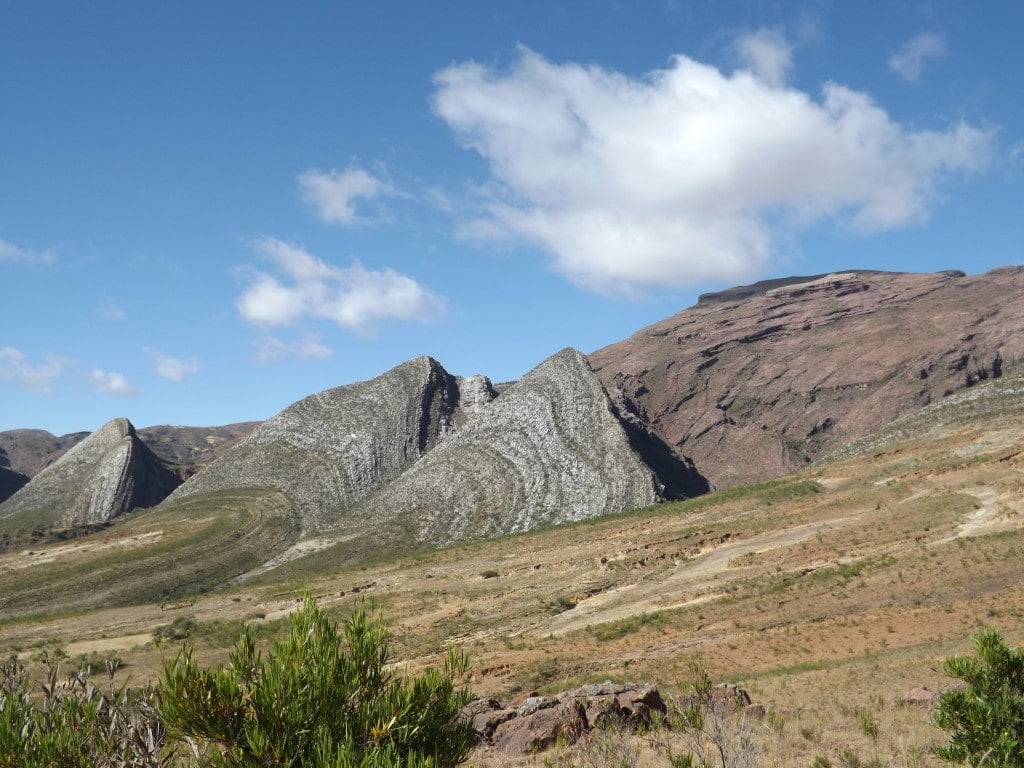
Easily one of our favourite places in Bolivia so far was Torotoro, a tiny town dropped into the middle of the landscape with what looks like a splash; the mountains on either side push up in big, smooth semi-circular lumps like something liquid frozen in the act of splashing. The landscape was beautiful, the greenery was a welcome refreshment after days in La Paz, and the sleepy, difficult-to-get-to village felt almost untouched, in spite of all the traces of tourism; after all, it’s still a somewhat road-less-travel type of place.
Our first day in the national park was so action packed that I can hardly believe it was just one day. Having met up with lots of like-minded travellers in the village square, we formed a group of six and managed to convince a guide to take us on two of the outlined tour routes offered by the tourist centre.
Circuito Ciudad de Itas
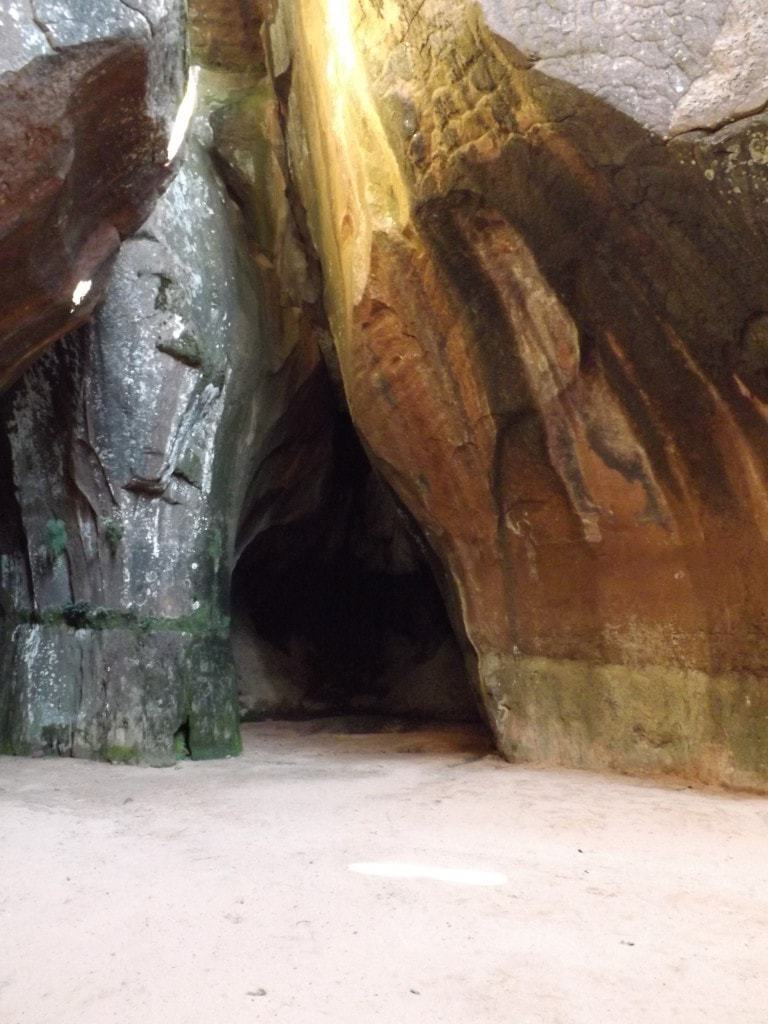
Starting with the Circuito Ciudad de Itas, we drove up into the hills surrounding Torotoro, where a two hour walk took us around some stunning caverns. The rock formations around the area were incredible: huge caverns lit by gaps in the rocks overhead, letting in patches of sunlight, with massive columns of rock splitting the cathedral-like spaces into rooms and passages. Outside the caverns were symbols painted in red, traces of a pre-Inca, nomadic people in Bolivia. Animals, people, and spirals representing the sun, the symbols depicted a wandering tribe of hunters and farmers, and had been protected from harmful sunlight by trees and the shade of the rocks, so were pretty well preserved.
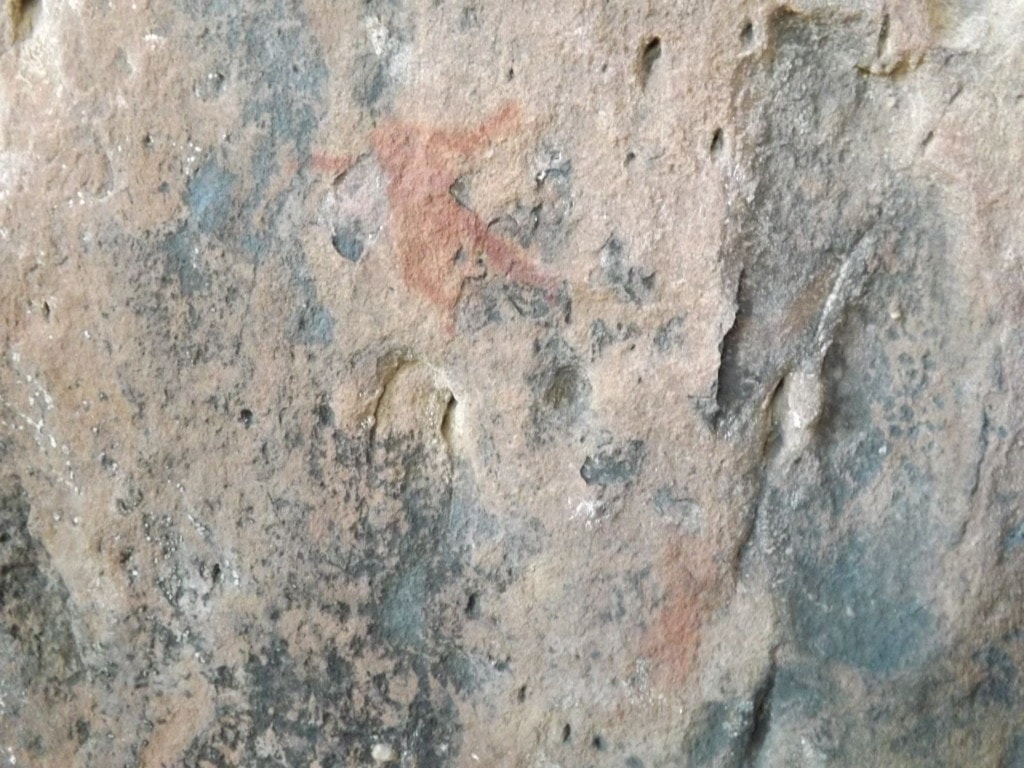
South Americans seem to love giving rock formations names, and those around Torotoro were no exception. Our guide, Ugenio, pointed out the Watchman, a rock in the distance that looks slightly like a person sitting with their knees drawn up, two elephants, a mammoth, and countless others. But, the Turtle, a huge, humped rock with a smaller, lumpy grey slab at one end, really did look like a turtle! It also provided some fantastic views across the valleys from it’s high back.
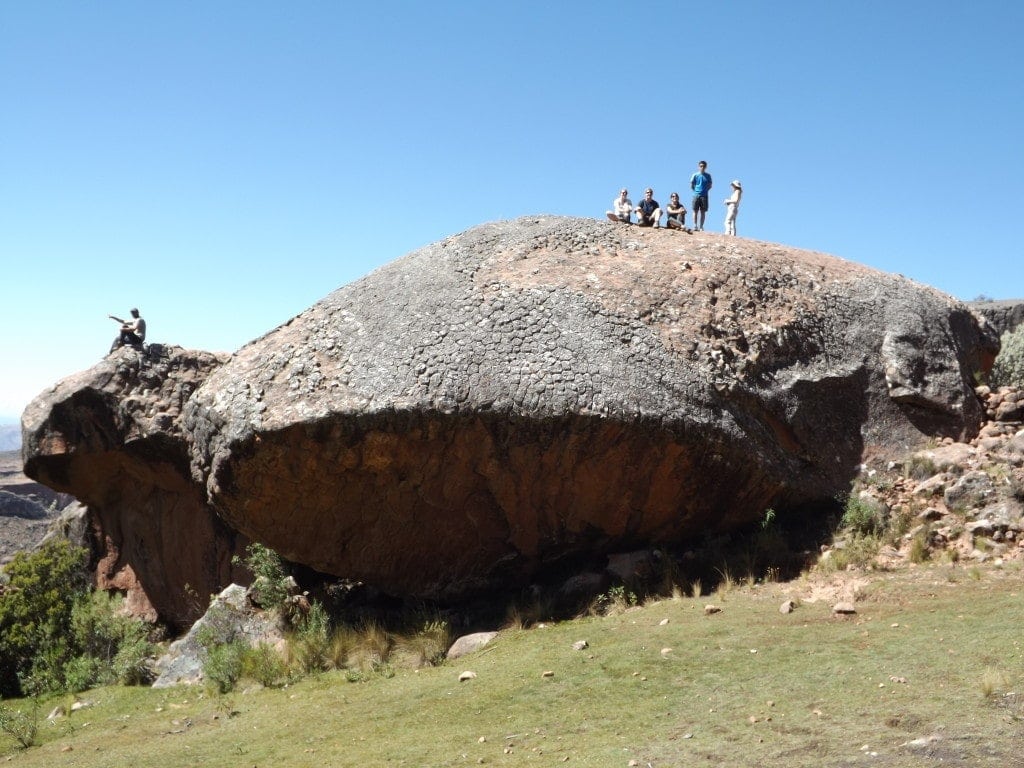
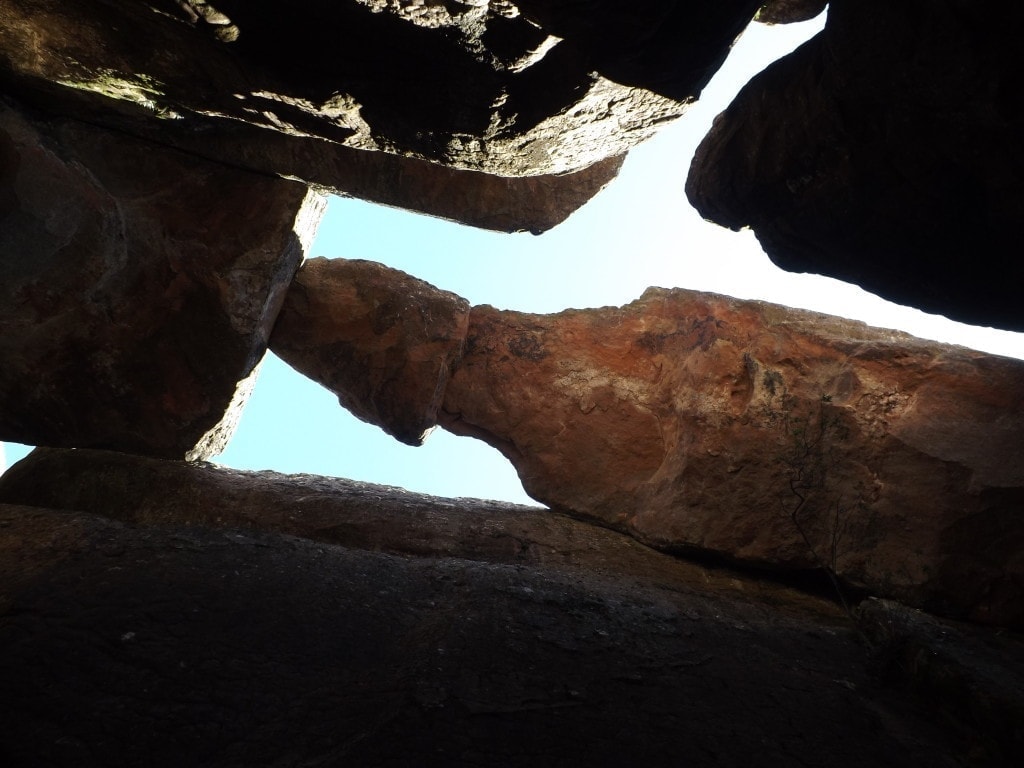
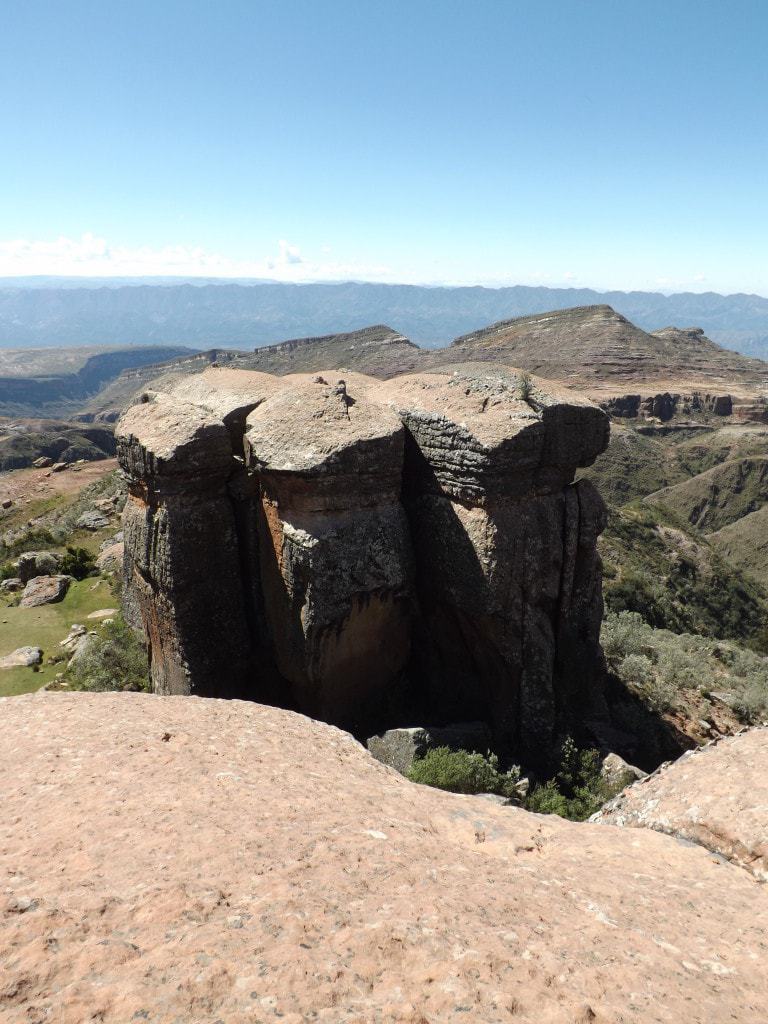
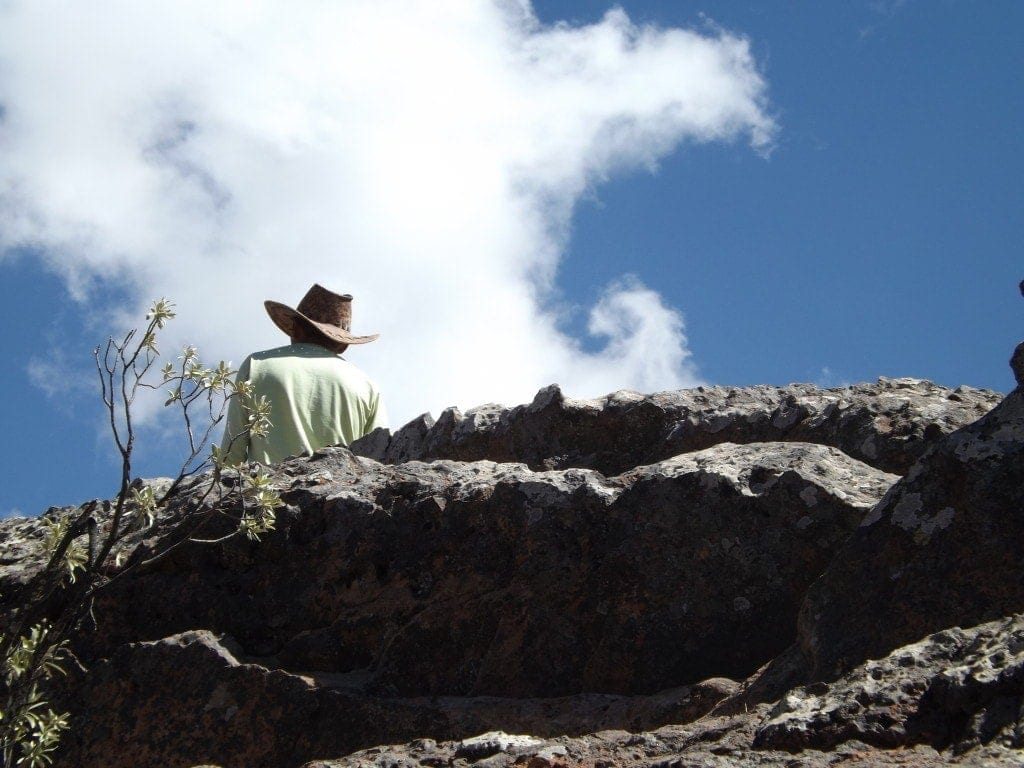
After exploring a few more caverns, and squeezing through one un-flatteringly tight gap to reach the far side of the hill, we stopped for lunch in the sunshine on a flat, grey rock slab overlooking the valley.
Circuito de Umajalanta
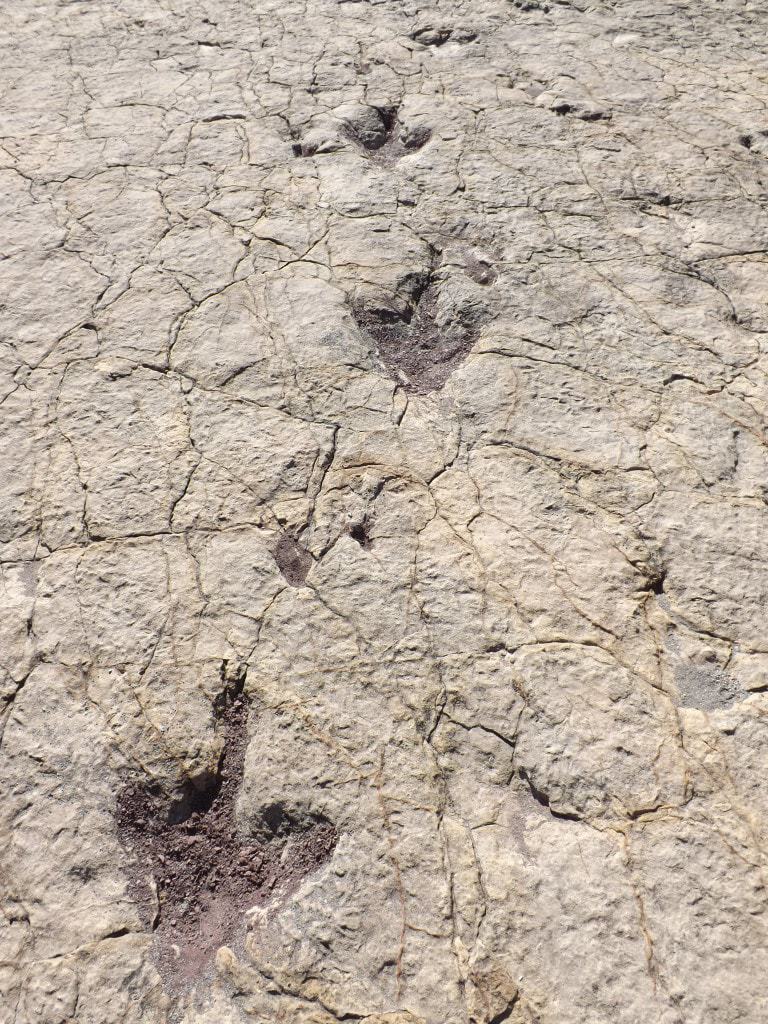
From here, we bundled back into the van and drove back down towards Torotoro, to where our second tour of the day started: Circuito de Umajalanta. We headed downhill on foot, following a path of once-molten rock which was laced with the dinosaur footprints which make Torotoro famous. Real dinosaur footprints, imprinted into wet mud which has since hardened, with some looking so perfectly clear they might have been fake – in fact we couldn’t avoid a joke or two about locals stamping prints into wet concrete to boost tourism! The large, clear and definitely not-fake prints were a fascinating sight.
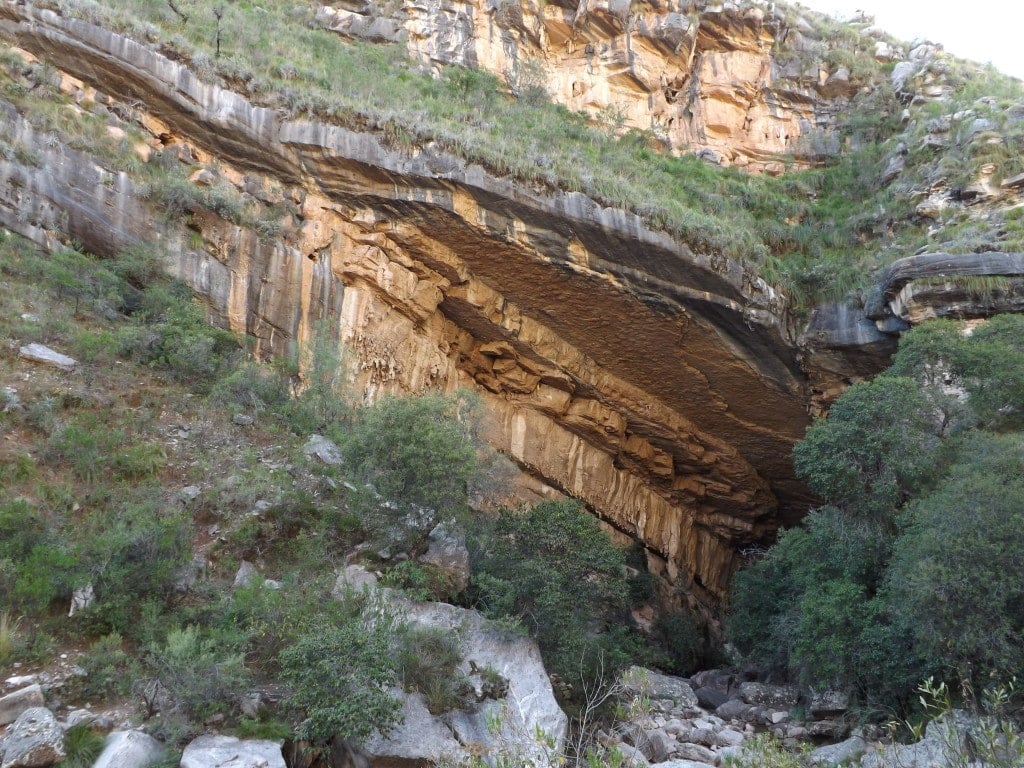
A short walk from the prints was the gaping, mouth-like entrance to Umajalanta, a network of dark, muddy caves which was the setting for a seriously fun afternoon. We rented helmets with flashlights for just 7Bs each, dumped our bags in the site office, and headed down to the entrance, scrabbling over big, loose rocks towards the back of the cave mouth.
I’ve mentioned before that I used to go caving on regular school camping trips in Dartmoor, and loved the experience, but I haven’t been since I was about 15 and was thrilled to find myself having just as much fun as I did back then. Inside, many of the rocks were covered with slimy wet mud – in the areas that weren’t wet, dry, dusty mud coated everything and turned my knees, clothes and camera bag brown – and I was instantly dirty, scraping my bare knees on rocks as I crawled, jumping from big rocks and making a point of doing everything I could without help. I felt exactly like the almost-forgotten ten year old me, boyish and brave, out getting muddy and testing my strength!
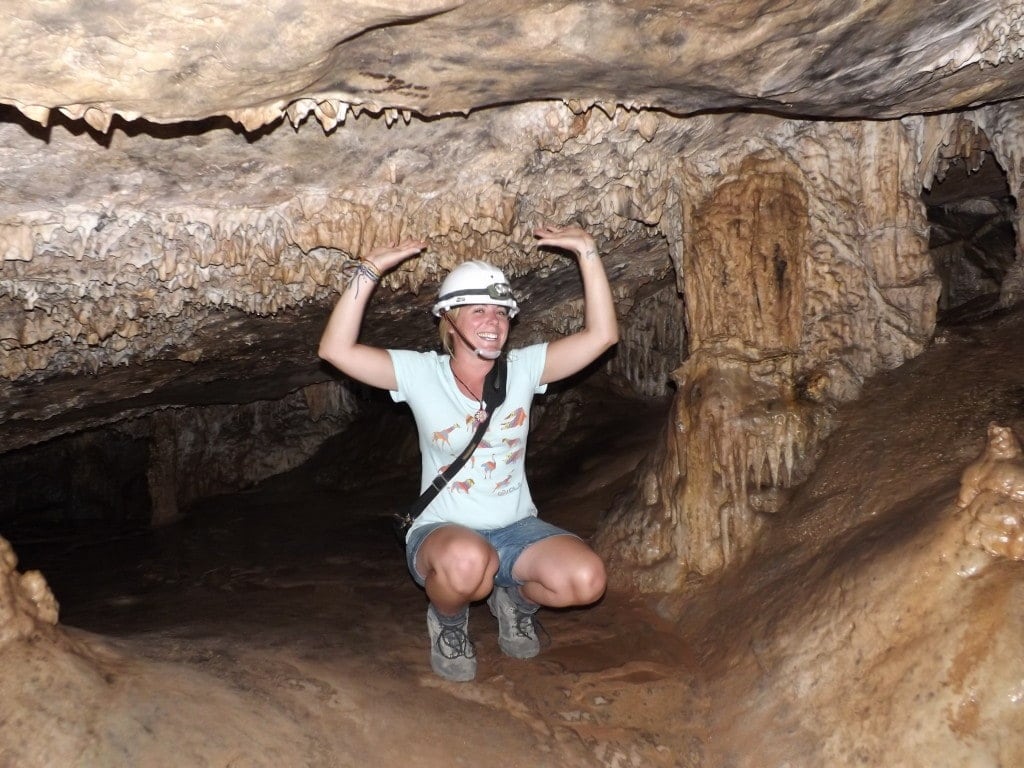
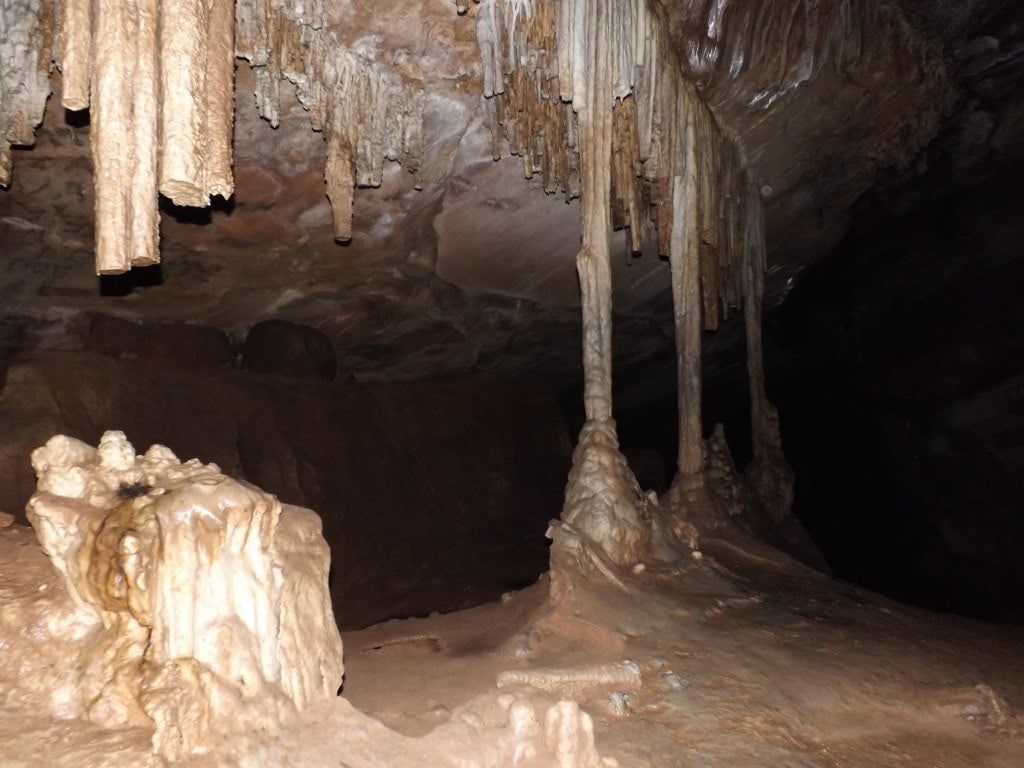
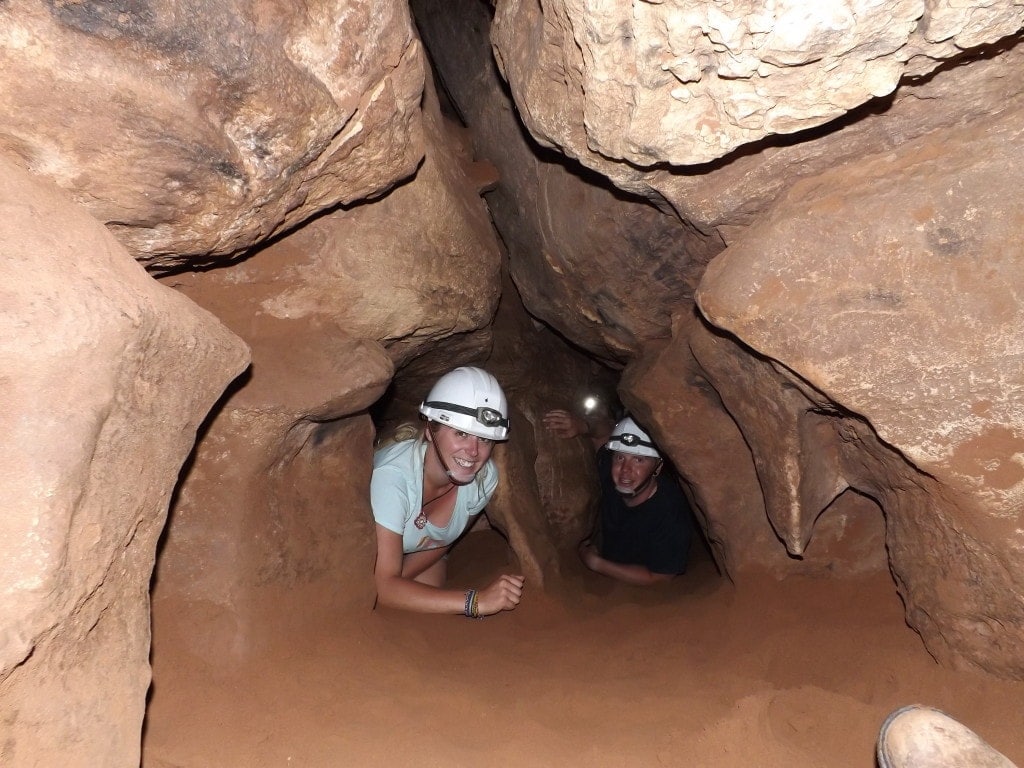
The first part of the descent was simple enough, until we reached an open iron gate behind which was a small chamber and what looked like a dead end; the roof of the ceiling getting much lower towards the back, wedge-shaped. Undeterred, Ugenio led us straight through, crawling almost on our bellies to slide through the mud and out the other side. From there, it was crawling and climbing all the way, lots of jumping, even some small sections abseiling down rocks. Every chamber was filled with incredible stalactites and stalactites, some absolutely enormous, and we followed the teasing sound of an underwater river as we descended. The best part was the Labyrinth (also the worst part, depending who you ask): a network of tiny tunnels that we could only just crawl through, one at a time, which was a nerve-racking squeeze but so much fun. At one point, Ugenio told us all to turn off our lights, and we found ourselves faced with a darkness so thick and heavy that I couldn’t see my own hand right in front of my eyes. In this darkness, incredibly, you can still find life; in a crystal-clear underground lake, we watched tiny, white and pale grey blind catfish dart below the surface, blank spaces where their unnecessary eyes had once been, somewhere long ago on the evolutionary chart.
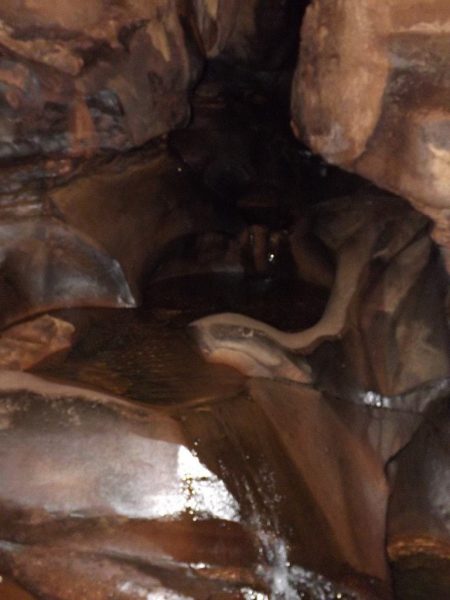
We climbed back up the ‘easier’ way, a long, damp slope which we could crawl up the whole way, holding a rope for support and balance. When we burst into the light, dimming in late afternoon but still dazzling after the darkness, I was in the lead of the group and feeling completely elated. The fond memories of my past love, Dartmoor, and the sensation of being strong, brave and self-reliant for a change, filled me with total joy. The air was heavy with the sweet smell of evening flowers, and the sky was a dusty pink in the distance; we’d lost ourselves to a full and completely wonderful day.
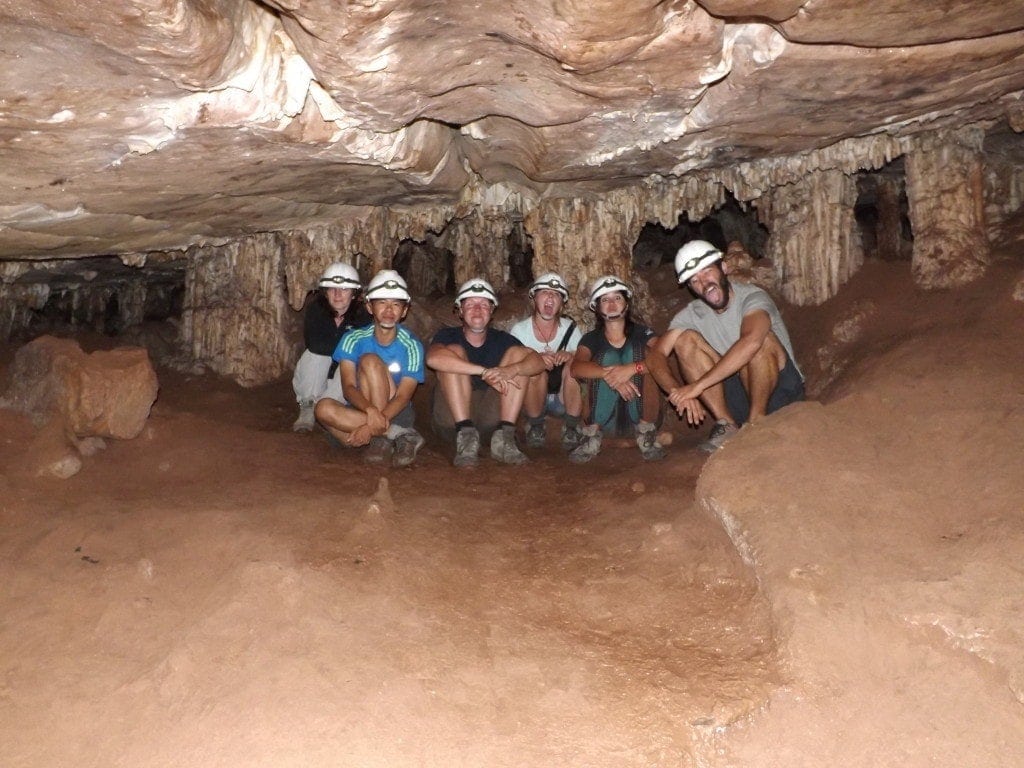
Information
After some negotiation, we paid 510Bs between six of us for both tours, including a guide and driver.
In the village centre, you need to buy a tourist pass for the national park in the tourist office.
You aren’t allowed into any of the sites without a guide, and for most tours you can hire one for about 100Bs (more if driver is needed) for a group of up to six. The price is the same regardless of the size of the group – so try to join up with other tourists in the square for a tour.
Circuito del Vergel
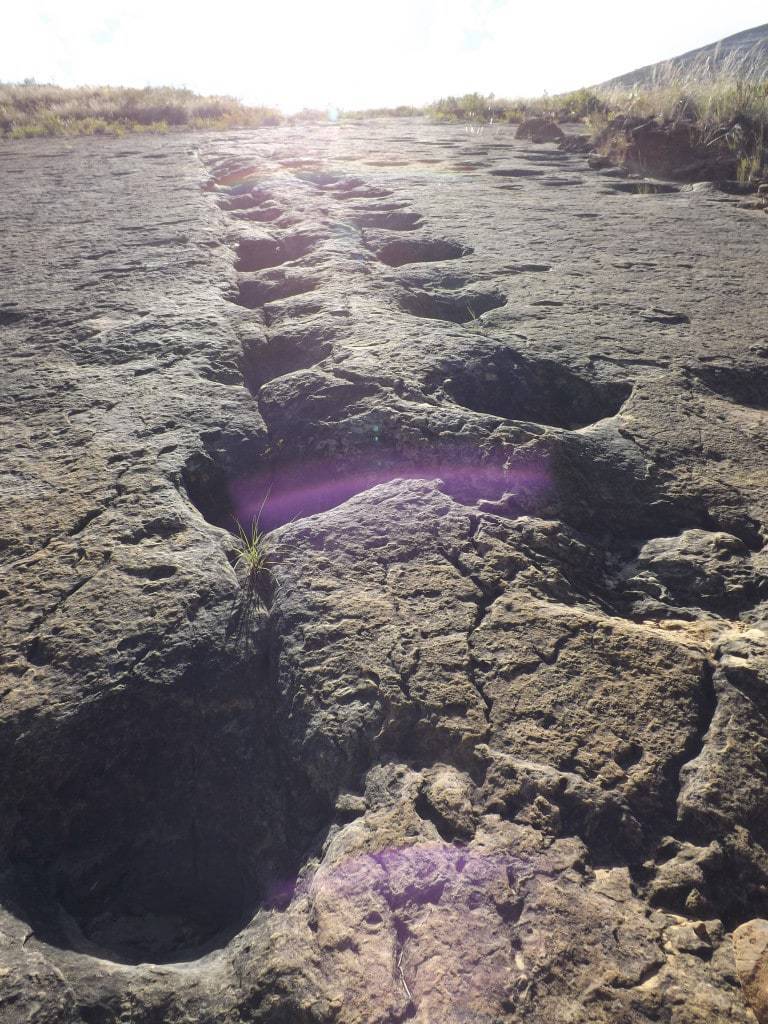
Our second day in Torotoro, one of the most beautiful spots in Bolivia, was every bit as good as the first. We headed into the plaza again bright and early to grab some breakfast, and hired the same guide as the previous day, the lovely Ugenio, for a third tour in the national park. Today, it was the Circuito del Vergel, probably the best route for seeing Torotoro if you can only fit one in (although I urge you not to miss the Circuito de Umajalanta if possible). This tour was just 100Bs (less than £10) for a group of up to six, so split between the four people in our group it was a total bargain.
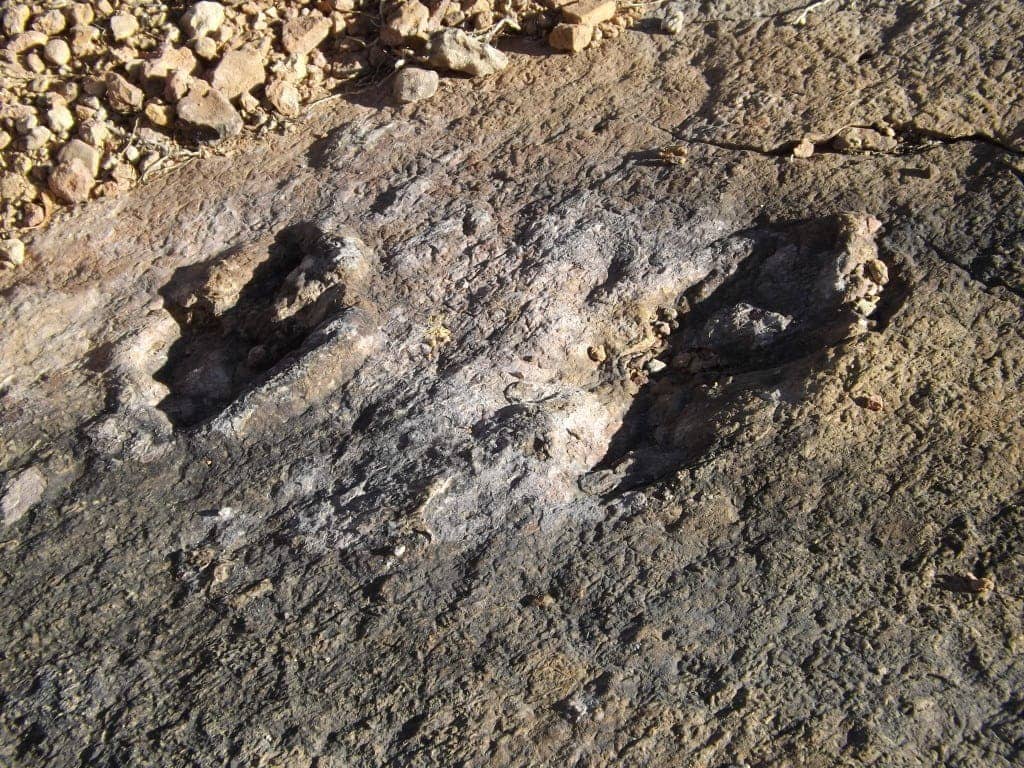
We started just outside the village of Torotoro, where Ugenio led us through a gate into a fenced-off area on the side of a hill. As we squinted into the bright morning sunshine, Ugenio pointed out a trail of shadowy holes in the ground which, on closer inspection, revealed themselves to be dinosaur footprints. The trail was perfectly intact, marking the passage of a dinosaur as it crossed damp mud which has since hardened into solid rock. The entire hillside, protected by a skimpy wire fence, was completely covered in prints, some buried beneath mud and vegetation, but others standing out clearly on sheets of exposed rock – it was an incredible sight.
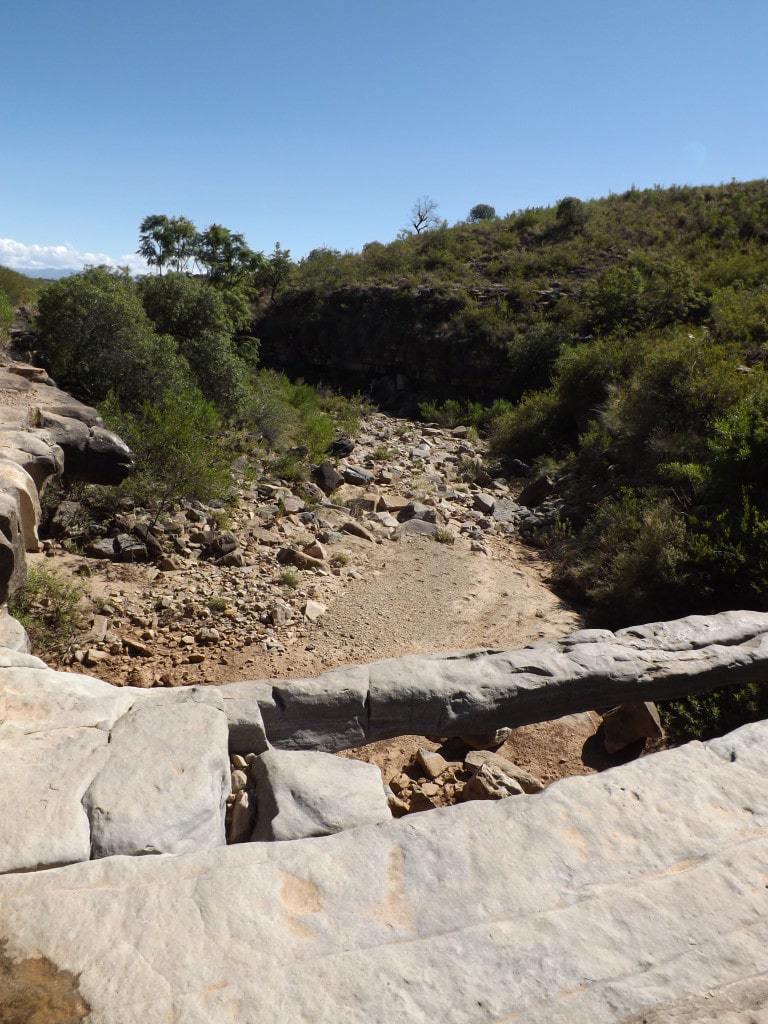
Ugenio pointed out how some of the footprints were only toes, indicating that the dinosaur who left them was running at the time, and showed us the different types, with claws indicating carnivores. Archaeologists believe that the tracks were left during a mass migration of dinosaurs which crossed Bolivia during the Cretaceous period (80-100 million years ago), the period when dinosaurs truly ruled the earth, although according to Ugenio no one is sure what provoked a movement of such large numbers. I couldn’t help picturing the opening scenes from Land Before Time, imagining all different kinds of dinosaurs migrating together!
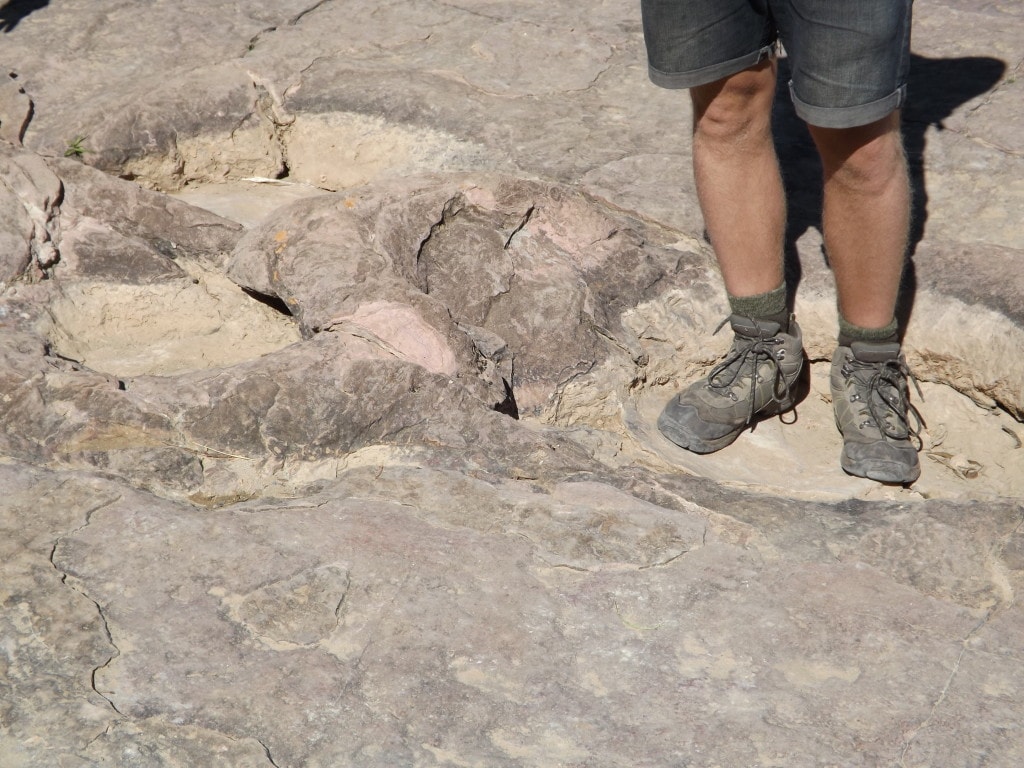
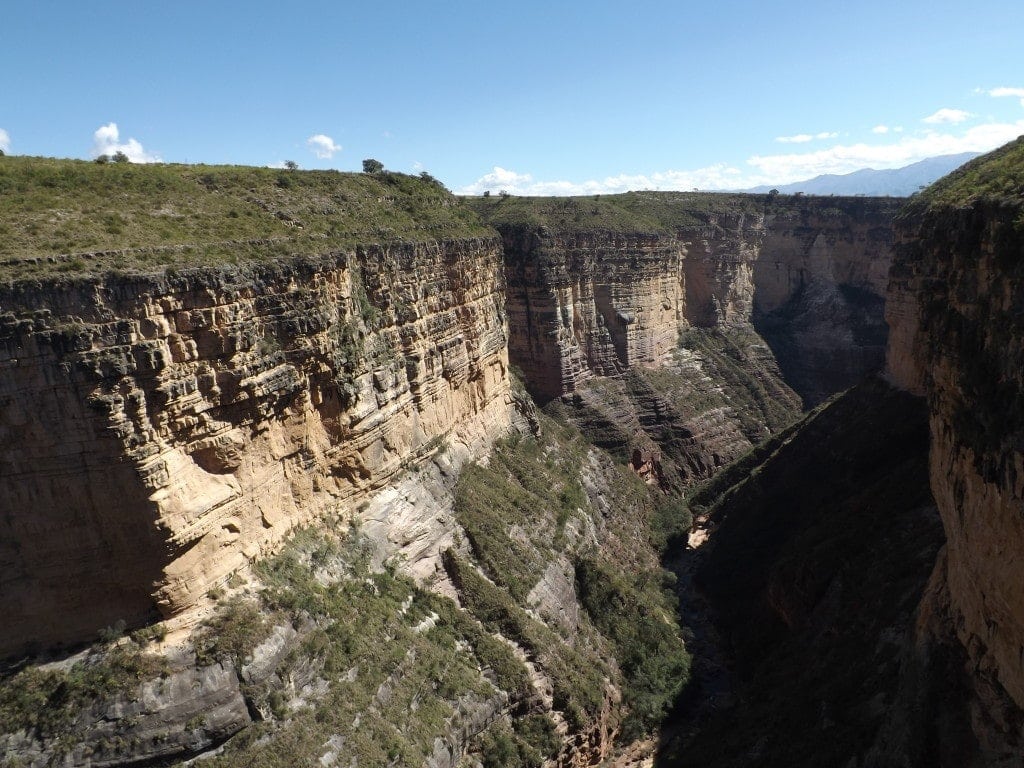
From there, it was a pleasant walk of about an hour, following a dry riverbed which featured still more dinosaur footprints, as well as some fossils. The most impressive footprint was absolutely huge, big enough for me to comfortably curl up in the heel, and must have belonged to a beast unimaginably big in proportion! There was plenty to see in the riverbed, from natural bridges of rock which made great photo ops, to a semi circle of step-like, staggered rock ledges which formed a natural amphitheatre, but the most breathtaking sight was at the top of the hill: the view from the mirador over the canyon. This included a semi-circular metal bridge right over the canyon, with gaps between the floor and the railings that made the drop hundreds of feet into the canyon seem worryingly close, but the view was spectacular. The floor of the canyon, dizzyingly far below, was laced with twinkling blue pools and thick, green clusters of trees, surrounded by towering, orange-brown walls of parched, dusty rock.
We headed down into the depths of the canyon – following a steep, winding path of rock steps, shouting at the walls opposite to hear our echoes bounce back – until we found ourselves on the near-dry riverbed at the bottom. Ugenio led us along a narrow, clumsy path over, under and between huge rocks, over the river and back across again, past a beautiful waterfall with rainbows playing in the spray and the point named ‘Beso del Canyon’ (kiss of the canyon) where, thanks to an illusion, the tops of the of the cliffs on either side seem to touch as in a kiss.
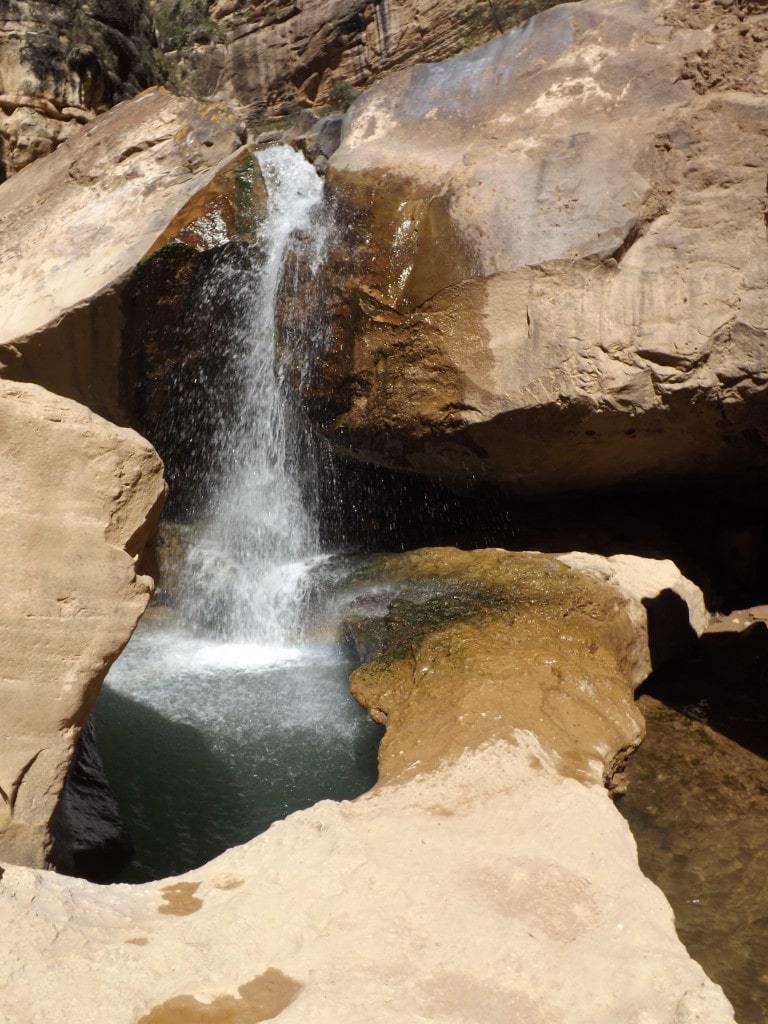
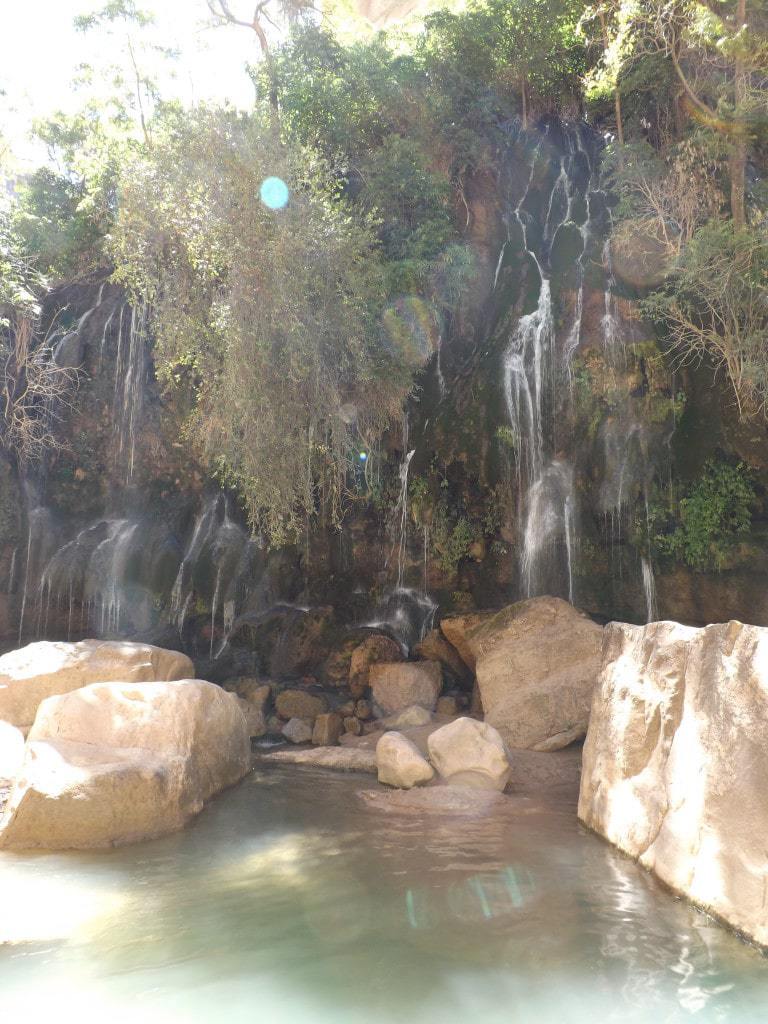
We stopped for lunch under a jutting lip of rock, which provided shade from the burning sun, and found ourselves overlooking a series of brilliantly blue pools fed by a small waterfall. Unable to bear the dry heat any longer, we all changed quickly into our swimwear (for me, that involved clabouring to the far side of the river to hide behind a big rock – boys have it so lucky sometimes!) and headed down to the numbingly icy water for a swim. The pools were deep enough for jumping, and pretty quickly the boys were all jumping in from one of the highest rocks. Way back at the start of our trip, in Minca in Colombia, I chickened out of jumping into a natural swimming pool and regretted my fearfulness ever since. So, this time, I was determined to jump in. Sam and Joe, a friend we’d met in Torotoro, helped me climb up the steep, smooth rock, and Joe held my hand as I gingerly stepped out to the slippery, curving edge overlooking the pool. Knowing that if I hesitated too long I would never manage to move my legs, I counted to three straight away, bent my legs, and jumped. A flash of thrill and adrenaline, then the electric shock of icy water hitting my body, so cold it almost knocked the breath out of me. I swam as quickly as possible back to the edge, teeth chattering, and lay in the sun until I was warm again, so proud of myself for jumping. It was great fun and not at all scary, and now I feel as though I’ve made up for not taking the plunge in Minca. As Joe pointed out, you’ll only be here once – a good policy for embracing every new and difficult experience travel throws your way.
After lunch, we headed back the way we’d come along the canyon, climbing up the same steep staircase – so much harder on the return journey, and eventually back into town. It was a stunning walk, surrounded by the beautiful landscape of the park, with it’s hump-backed rock hills and rolling green fields, and swimming in the cold but perfectly clear pools was fantastic. If we could have spent longer in Torotoro, we would have, but the two days and three tours we had there were absolutely brilliant, easily one of our best stops in Bolivia!
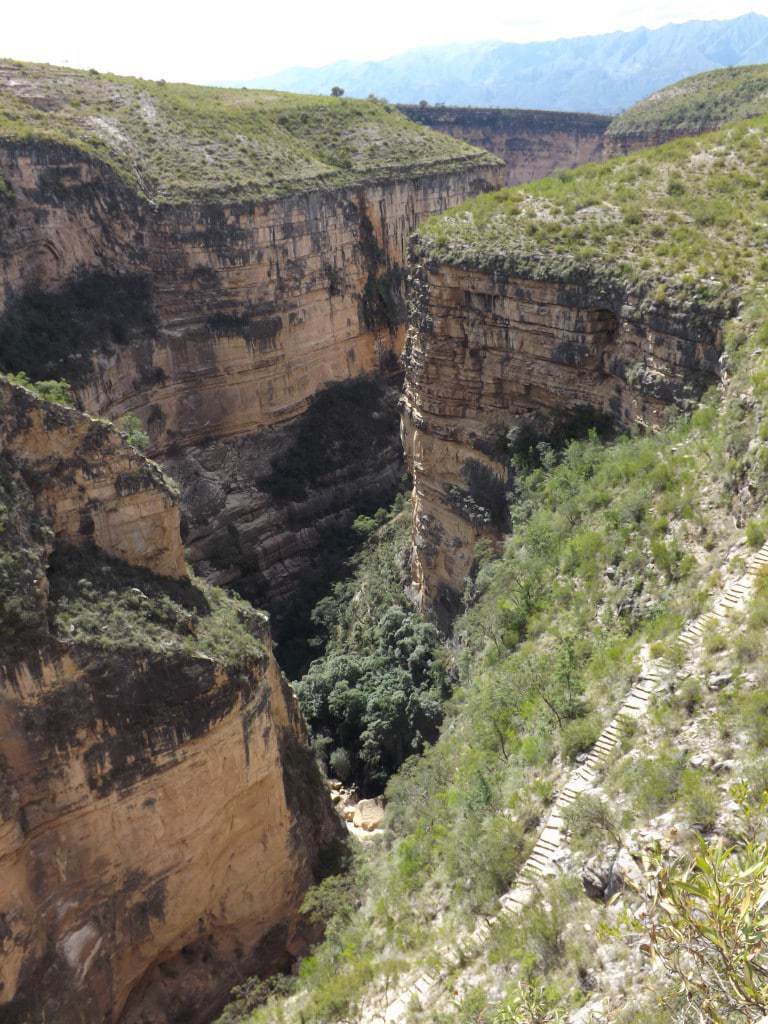
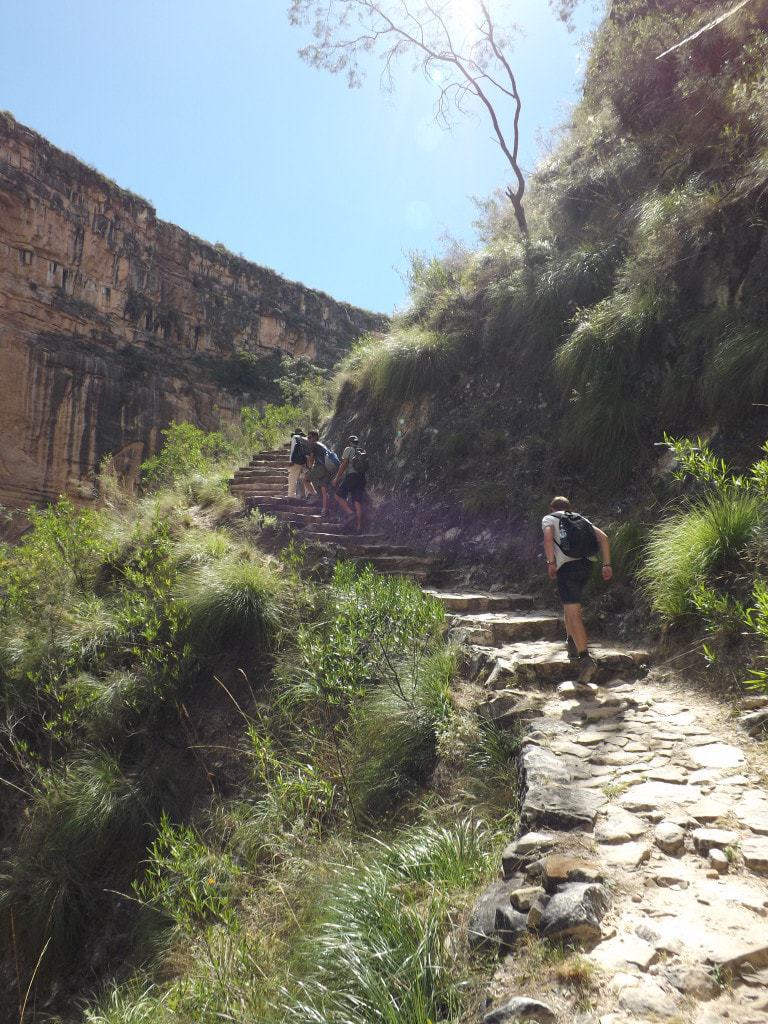
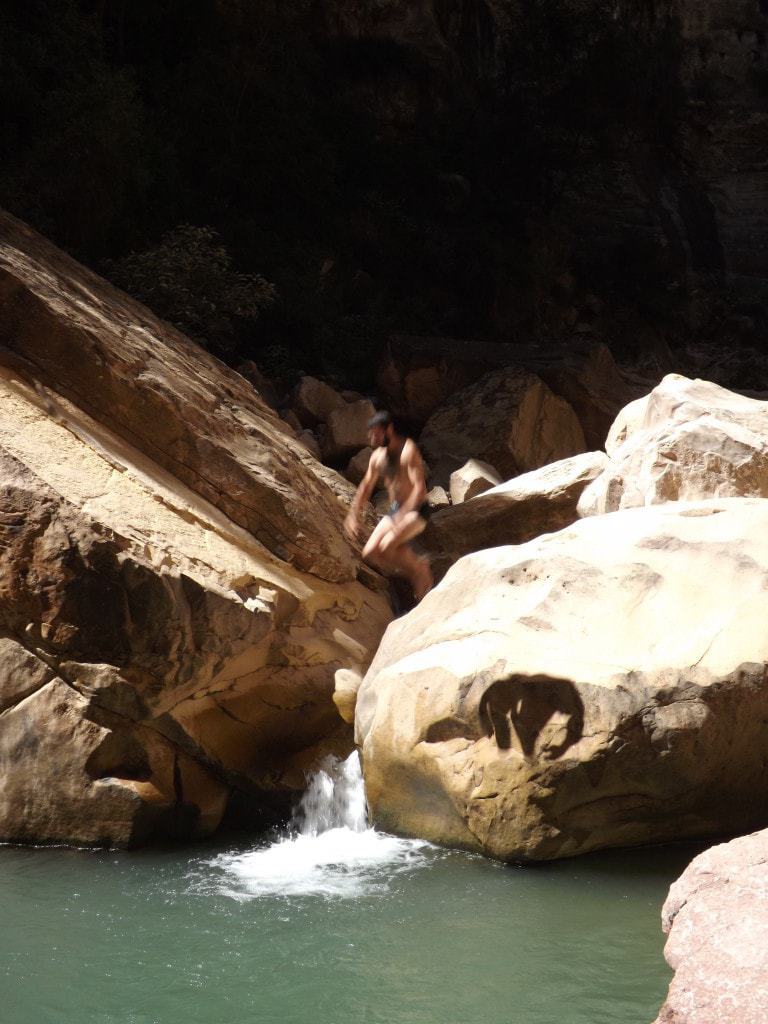
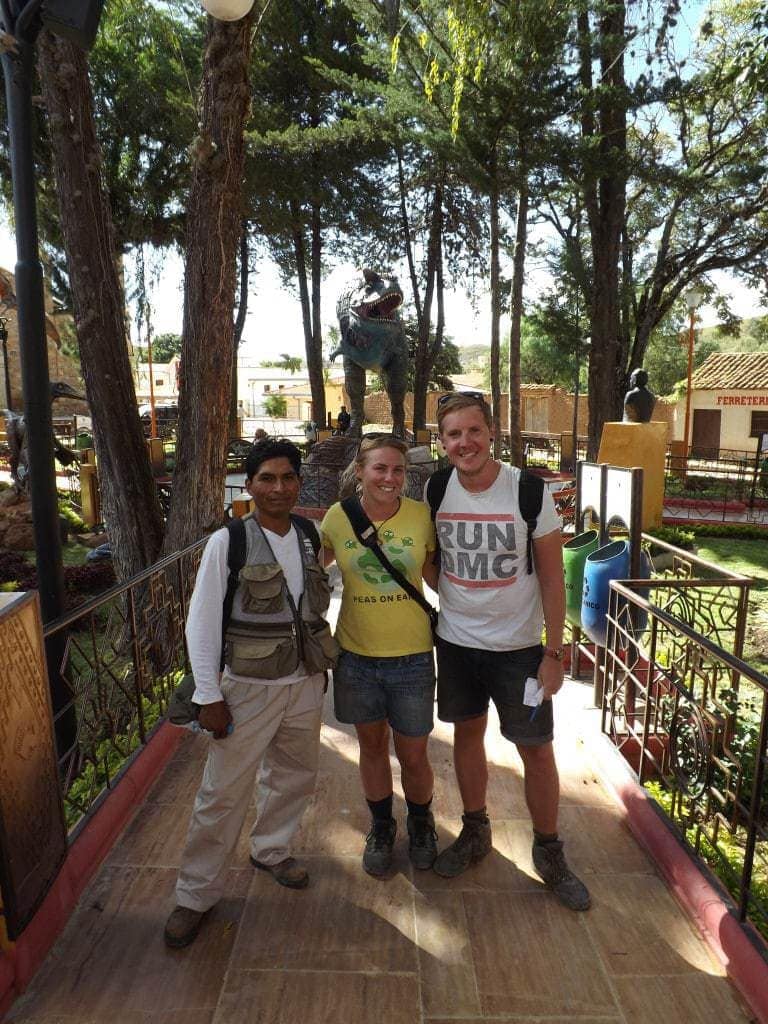


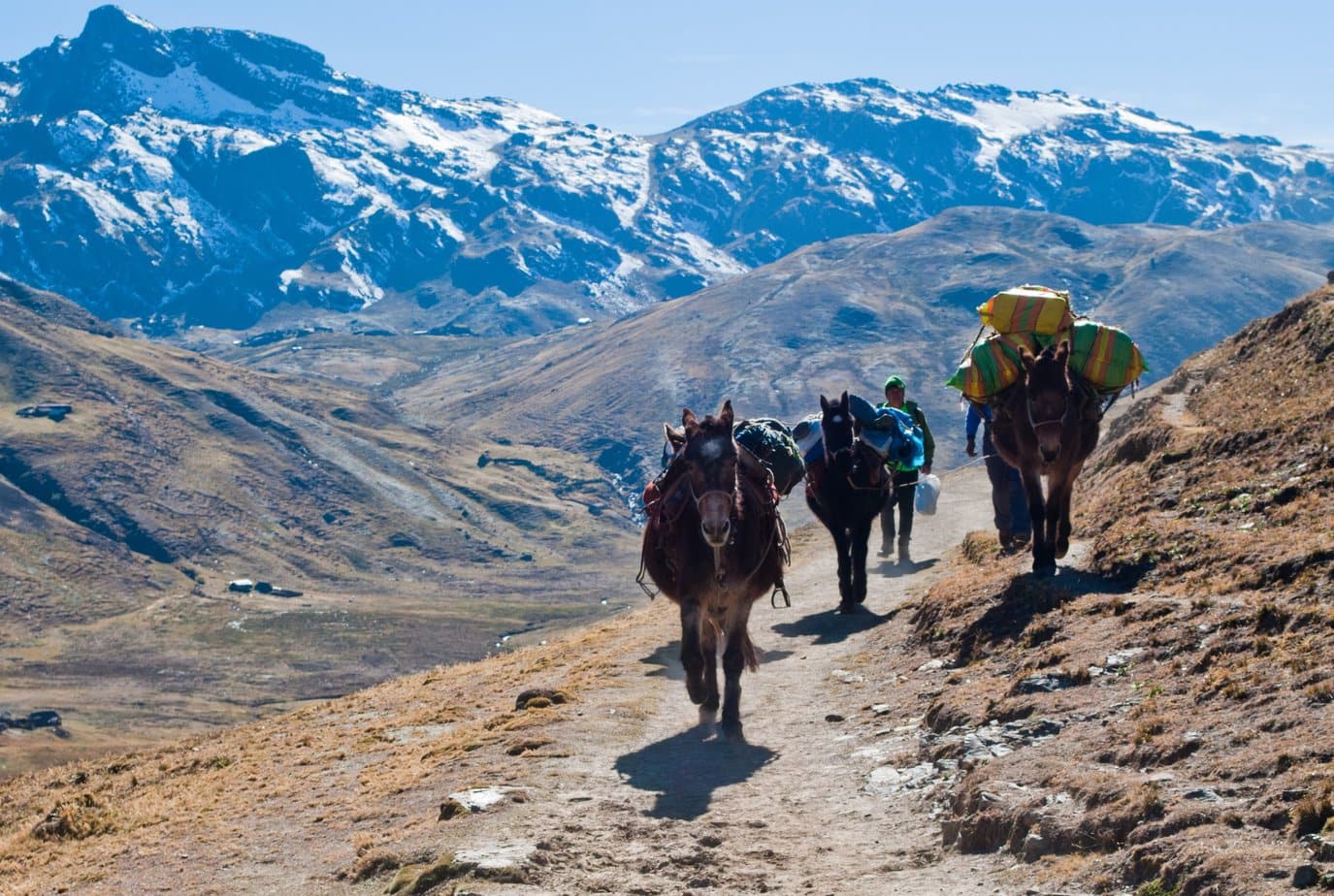
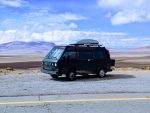
more amazing stuff in Bolivia! Thanks for sharing!
Thank you :)
niiiiice! those caves look spectacular!
Thanks! It was so cool :)
What would fascinate me most would be the underground lakes. The creatures in these lakes are fascinating to study–I wonder if they allow you to cave-dive…
I believe you can, but you’d need to bring all your own equipment. The lake we were looking in wasn’t all that deep, just a few foot, so we couldn’t have dived – but the water was perfectly clear so we had a great view of the strange little fish!
Oh man! This looks cool but as I am claustrophobic I don’t think I would handle these confined spaces.
Yeah, some parts were super small! I would definitely not recommend it to anyone even a bit claustrophobic.